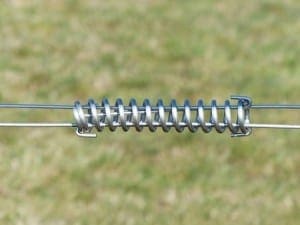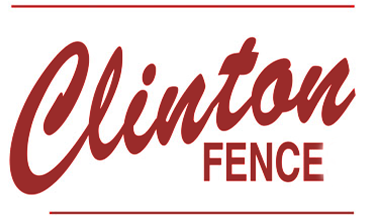Safety Guide In Electric Horse Fencing
Safety Guide In Electric Horse Fencing
 There was a time when livestock owners follow a general mandate: sheep and cattle are enclosed using electric wires while horses are left enclosed in wooden fences. The excuse was that horses’ eyes have poor vision, hence, it is not suitable to use thin electric wire horse fence. Horse fencing needs to be blunt or the horses would get caught in the wires. Nowadays, new varieties of electric horse fences are available. The new horse fence, horse fencing wires, and cables are designed with larger braids, bands or ribbons for greater equine visibility. The newly-developed electric fencing quickly became the choice of the increasing horse-owning population who have proven that the old thinking that electric fences are unsafe is an outdated and obsolete idea. As safety is the most primary concern, electric fencing expert Jennifer Corkery assures users that as long as precautions and proper maintenance are observed, there is no need to worry about electric fences injuring your horses or escaping.
There was a time when livestock owners follow a general mandate: sheep and cattle are enclosed using electric wires while horses are left enclosed in wooden fences. The excuse was that horses’ eyes have poor vision, hence, it is not suitable to use thin electric wire horse fence. Horse fencing needs to be blunt or the horses would get caught in the wires. Nowadays, new varieties of electric horse fences are available. The new horse fence, horse fencing wires, and cables are designed with larger braids, bands or ribbons for greater equine visibility. The newly-developed electric fencing quickly became the choice of the increasing horse-owning population who have proven that the old thinking that electric fences are unsafe is an outdated and obsolete idea. As safety is the most primary concern, electric fencing expert Jennifer Corkery assures users that as long as precautions and proper maintenance are observed, there is no need to worry about electric fences injuring your horses or escaping.
The New Horse Fence
Corkery suggests the following steps in putting up electric fences. Put grounding rods and poles in constantly damp ground or ground with high moisture content. Ninety five percent of electric horse fence, horse fencing, and wiring problems are caused by too dry grounds. Regularly check horse fencing, especially if it’s woven. Wind movement may make the fence ineffective by breaking wire conductors in it. Use electric rope that is braided and has a large diameter. You can save money by making it your stable perimeter fence since it is strong, durable, and highly-visible. Run current on the second cable of your fence. This will ensure that your animal will be grounded and shocked if it comes to contact with the grounded and hot line. Horse psychology expert Dave Bryson suggests that receiving shock teaches the horse to “respect” and steer clear of electric fences. Fence voltage must be checked regularly to be sure that the voltage remains at a constant, strong, but safe level. Using a voltage regulator to monitor fence voltage is also a good option. These regulators will sound alarm if the voltage changes. These will also stop running current on the fence until the source of the voltage increase or decrease is detected. It is advisable to situate water troughs well away from the fences so the horses will not get shocked when they go for a drink. Surely, you don’t want to teach your prized animals to dehydrate themselves.
However, Corkery also instructs users against the following practices. Never use charger boxes and energizers for your horse fence, horse fencing, and electric cable needs that are not UL approved. Chargers that are UL certified are guaranteed safe for people and the horses. High-tensile electric wire horse fencing is not safe for horses.
This is because they are too thin, and almost invisible to horse’s eyes. Plus, they lack resiliency and pose the risk of cutting horses’ skin. Avoid placing fence lines in areas where horses regularly play and exercise (running, rolling). Never cut the fences’ power. It is recommended that fences must be powered up and charged everytime. A dollar increase in your electric bill is insignificant and negligible when compared to your horses’ safety.
AFTER READING THIS ARTICLE OTHERS READ:
